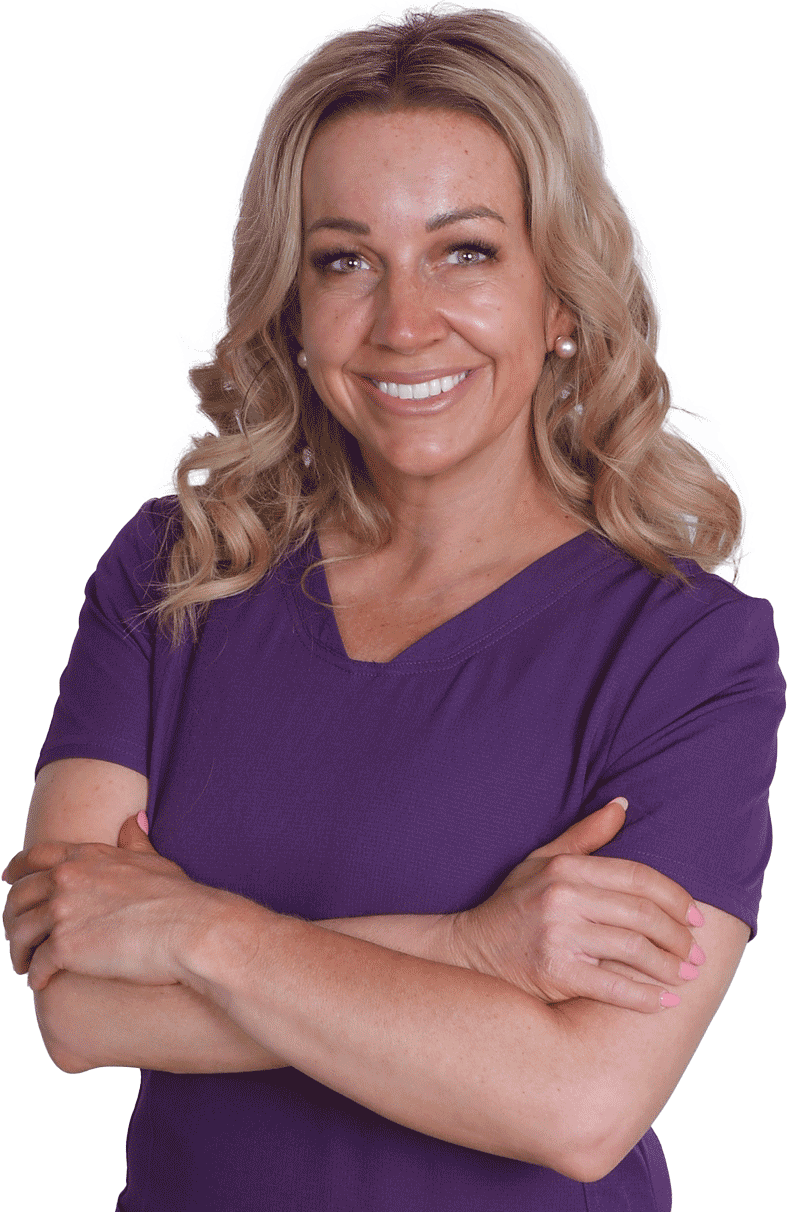Understanding Acquired Apraxia of Speech in Adults: Signs, Causes, and Treatment
At Live Well Speech Therapy, we specialize in helping adults reclaim their communication skills after neurological events such as stroke or neurological disease diagnosis. One condition we frequently treat is Acquired Apraxia of Speech (AOS)—a motor speech disorder that can significantly impact a person’s ability to speak clearly and confidently.
In this post, we’ll explore what acquired apraxia of speech is, how it differs from other speech disorders, what causes it, and how speech therapy for adults can dramatically improve outcomes.
What Is Acquired Apraxia of Speech?
Acquired Apraxia of Speech is a motor planning disorder that affects the brain’s ability to coordinate the muscle movements needed for speech. This condition is not caused by muscle weakness or paralysis but rather by a disconnect between the brain and the mouth.
Adults with AOS often know exactly what they want to say but struggle to get the words out clearly. It’s incredibly frustrating—and that’s why early, specialized intervention is so important.
Common Signs and Symptoms of AOS
At Live Well Speech Therapy, we often see the following signs in adults with acquired apraxia of speech:
-
Inconsistent speech errors (e.g., saying a word differently each time)
-
Groping for sounds or visible struggle during speech
-
Slow rate of speech or abnormal prosody (rhythm and intonation)
-
Difficulty initiating speech
-
Increased errors with longer or more complex words
-
Better automatic speech (e.g., saying “hello” or “thank you”) than purposeful speech
These symptoms can range from mild to severe and often occur alongside aphasia or dysarthria, which is why a comprehensive evaluation is essential.
What Causes Acquired Apraxia of Speech?
AOS is most commonly caused by:
-
Stroke
-
Traumatic brain injury (TBI)
-
Brain tumors
-
Progressive neurological diseases (e.g., primary progressive apraxia of speech)
Damage typically occurs in the left hemisphere of the brain—specifically in areas responsible for speech planning and programming.
How Is AOS Diagnosed?
At Live Well Speech Therapy, our speech-language pathologists (SLPs) conduct in-depth evaluations tailored to adults. We assess speech production, motor planning, and language comprehension to determine the presence and severity of AOS.
Our evaluations are conducted in the comfort of your home or online, making therapy accessible, convenient, and personalized.
How Speech Therapy Helps Adults With AOS
Speech therapy for AOS focuses on retraining the brain to coordinate the movements necessary for clear speech. At Live Well Speech Therapy, we use evidence-based techniques including:
-
Integral stimulation (“watch me, listen to me, say it with me” approach)
-
Tactile and visual cues to support articulation
-
High-repetition practice to build muscle memory
-
Prosody training to improve natural rhythm and intonation
-
AAC (Augmentative and Alternative Communication) strategies when needed
Because every individual is different, our treatment plans are fully customized for adults with acquired speech and language impairments. We also provide family education and coaching to support carryover into daily life.
Why Choose Live Well Speech Therapy?
If you or a loved one is struggling with acquired apraxia of speech, Live Well Speech Therapy is here to help. Our practice is exclusively focused on adults, which means we bring a deep understanding of adult neurogenic communication disorders and the unique challenges they present.
Whether you’re recovering from a stroke, managing a progressive condition, or coping with a brain injury, our compassionate team delivers targeted, effective therapy that helps you live—and speak—well.
Get Started Today
At Live Well Speech Therapy, our flexible scheduling and personalized care make it easy to fit therapy into your life.
📞 Contact us today to schedule a free consultation and take the first step toward clearer, more confident communication.


